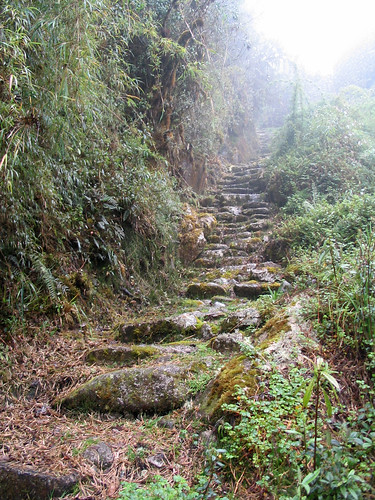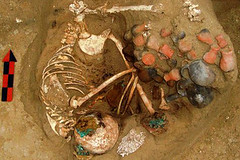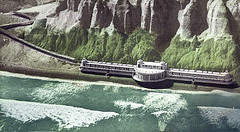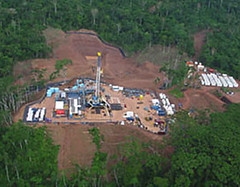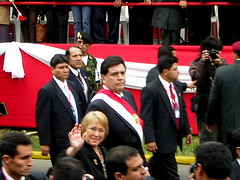Lost ruins of Kantupata
Written by, and with thanks to, Rafo León
Our patrimonial Machu Picchu is, without a doubt, a wonder. But part of its current problem is that each day it suffers more and more from congestion by tourists, to the point where at times it looks more like some kind of fair. Today there are some interesting solutions that have been put forward to tackle the overload of this site, and one of them consists of putting more value in other nearby archaeological attractions and fostering a desire in tourists to visit those, thus de-congesting the main complex of Machu Picchu.
This is what they have achieved by cleaning up the access to Huayna Picchu, a very good idea from the chief of the historic sanctuary, archaeologist Fernando Astete. With this simple measure, there are 400 less people each day en Machu Picchu at peak hours. This idea can also be applied to a site called Kantupata, which Tiempo de Viaje [Rafo León’s programme] was privileged to be able to visit.
If you’ve hiked the Inca Trail you’ll quickly understand the location of Kantupata. It is higher than Intipata, the citadel full of terraced farms that you visit just before arriving at Intipunku, from where you see the impressive panoramic view of Machu Picchu from above. As Manuel Alejo Silva, the archaeologist working on the site explains, Kantupata is found on the “other side of Machu Picchu”.
To get there we do something a little bizarre; we take the Inca trail backwards, going in the opposite way as tourists going to Machu Picchu, arriving as far as Wiñay Huayna. Here we spend a night, in the hostal, and before dawn the next day, we begin to climb. We first pass through tropical cloud forest, then through mountainous ferns and finally arriving at the Andean puna [dry high-altitude grassland]. The hike is very short in distance, but very tiring. We pass through an incredible diversity of habitats.
One of the steepest slopes delays us enough to observe the immensity of the view, and while the wind almost blows us off the mountain, we discover that before our eyes Machu Picchu is in view… but from an angle we have never seen before, not even in photos. The view is, how can I say, from behind. It is really stunning to behold.
Kantupata announces itself with a grand stairway of stone, which once cleaned-up by the archaeologists is truly impressive. Despite the way to the ruins being cleared, it doesn’t much lower our chances of coming face to face with the feared jergón, a venomous snake abundant in this area. Thankfully this didn’t happen and we could descend the stairs and arrive at some enclosures and a number of terraces, who’s design indicated they were for some very specific and fine use, perhaps to feed the Inca elite.
We continued on to a place that has particular impact. A large plaza with a shrine in the centre, surrounded by buildings and walls. Below, with a view of the peaks in the distance, more stone farming terraces unfold, parallel with water fountains similar to those at Wiñay Huayna. This place, framed by forest that is crossed by clouds of fog, sometimes illuminated by a sun that it rarely receives, is contrasted by the nearby giant ferns.
The stairs to Kantupata are mentioned in a report by the archaeologist Leoncio Vera in 1985, the only reference we have until, in 1990, Manuel Silva and a team received information of its existence during the time they were working on restoring Intipata. The informant was Silva’s personal assistant, Honorato Huillca, who in a low voice let him know of this wonder. Manuel Silva climbed up to it, analysed it and made a report to the corresponding authorities. But organised exploration never happened due to lack of financing.
15 years later, in 2005, an anthropologist from Cusco, Theo Paredes, became interested in Kantupata and he decided to visit. Paredes, a very well connected man and director of the Poqen Kanchay group, received financial assistance from the US association AMB. So, Silva and his team after all this time have now embarked on this restoration project.
The team has been working for the past year, prospecting and cleaning – processes that are revealing more and more artificial construction on the landscape, but constructions that are integrated into the natural environment – ecological architecture of the Incas with an as yet unsurpassed perfection.
Let’s hope that with the work of these archaeologists, all the world will be able to visit the lost ruins of Kantupata.
Photos of the site can be found here.
Tags: cusco, huayna picchu, incas, intipunku, kantupata, machu picchu, rafo leon, ruins, wiñay huayna


